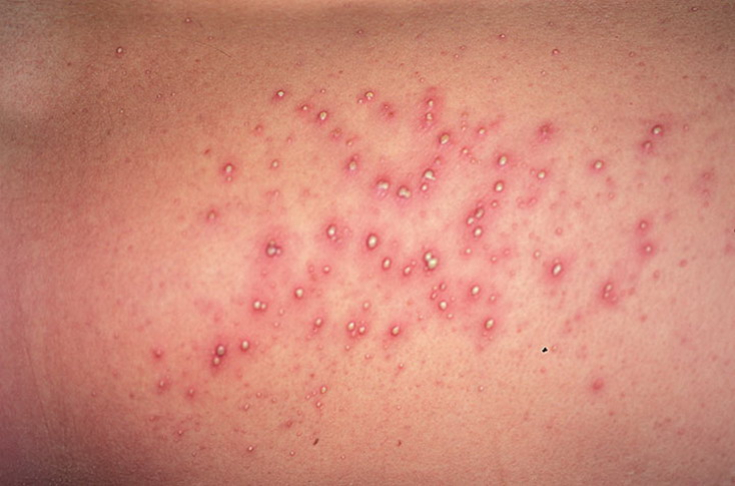Impetigo – an infectious skin disease that occurs most often in children. The etiological causes of impetigo in most cases are bacteria: Staphylococcus aureus and group A hemolytic streptococcus.
Depending on the etiology of impetigo, there are some clinical differences in the typical manifestations of the disease.
Impetigo – a common dermatological disease, which accounts for about 15% of all skin pathologies. Read more about the clinical picture of impetigo, as well as modern approaches to the treatment of the disease, on estet-portal.com in this article.
Impetigo: what factors contribute to the development of the disease

The factors that contribute to the development of impetigo are mechanical microtrauma, skin maceration, hyperfunction of sweat and sebaceous glands.
Violation of the barrier protective mechanisms of the skin leads to the pathological introduction of representatives of the conditionally pathogenic flora of the skin: streptococci and staphylococci, or their association. At the same time, the lack of adequate hygiene is an additional aggravating factor.
Follow us on Instagram!
Subsequently, multiple clustered pustular eruptions develop on localized areas of the skin.
Streptococcal impetigo is characterized by the development of small blisters filled with light-colored contents that gradually become cloudy. After some time, the bubbles "break through" and dry out, in their place, amber-colored crusts form.
Staphylococcal impetigo is characterized by the development of pustules that occur in the hair follicles. They can reach the size of a pea. Without adequate treatment, pustules turn into carbuncles, thereby significantly worsening the course of the disease. Associations of streptococcal and staphylococcal flora can lead to the development of the so-called impetigo vulgaris.
Follow us on Facebook
Treatment of impetigo: topical and systemic antibiotic therapy
The tactics of impetigo treatment depends on the area of the inflammatory lesion of the skin area.
If the inflammation is localized to a small area of the skin, treatment consists of applying a topical antiseptic solution and an antibacterial ointment (fusidic acid or a combination of neomycin and bacitracin).
Systemic antibiotic therapy for impetigo is indicated in case of spread of inflammation to a skin area larger than 6 cm2.
Pathogenic bacteria and provoking factors for the development of pyoderma
The antibiotic of choice is cephalexin. Alternatively, amoxicillin 875 mg can be used in combination with clavulanic acid 125 mg twice daily.

Principles for the treatment of impetigo associated with eczema
For patients with eczema, the physician should prescribe an ointment containing a glucocorticoid and an antimicrobial agent. At the same time, it is necessary to carry out systemic antibiotic therapy at the same time.
Treatment is continued until all dermatological symptoms of impetigo are resolved. In the future, attention should be paid to the prevention of recurrence of eczema.
In most cases, the treatment of impetigo is not associated with any difficulties and ends with a complete recovery.
However, in some cases, the course of the disease is delayed, and the treatment does not have the desired effect.
Erysipelas: who develops it most and why
What factors can lead to ineffective treatment of impetigo
There are conditions that may be the cause of ineffective or ineffective treatment of impetigo.
These include:
1. Insufficient processing and removal of crusts of morphological elements. In such cases, bacteria can persist under the scabs, causing new recurrences of impetigo;
2. Lack of adequate treatment for the underlying disease, such as eczema;
3. Wrong diagnosis: under the guise of impetigo, diseases such as scabies and ringworm can occur.
Impetigo – highly contagious pyoderma, most common in children. Impetigo is treated with topical and systemic antibiotic therapy.
Thank you for staying with estet-portal.com. Read other interesting articles in the "Dermatology" section. You may also be interested in The main types of skin lesions in streptococcal pyoderma







Add a comment